If you’re familiar with iOS storage style, then there’s this one question which constantly hovers over our minds that what is “Other” storage? Apart from audio, pictures, music, apps, what is stored inside the “Other” label which eats up a lot of storage space on your device.
If you notice it on your Mac we’re always annoyed wondering what is occupying so much space under “Other” label. Well, storage space is precious to us—to all of us!
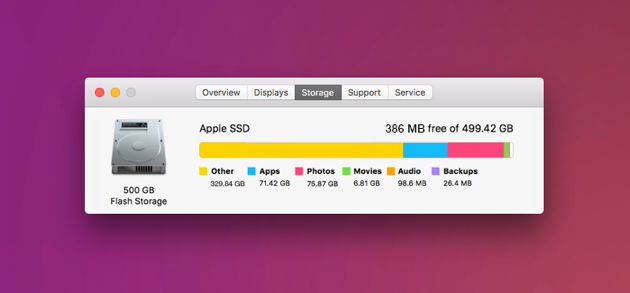
So, here are 6 useful tricks that’ll allow you to save some additional disk space on your Mac once you manage the “Other” storage. But before that let’s understand what is “Other” Storage on Mac and what does it comprise of.
What Does The ‘Other’ Data Mean on Mac Storage?
Apple’s storage concepts have always been crystal clear. So, basically all the stuff which doesn’t lie into the main categories like Apps, music, pictures etc. is then landed on to the “Other’ label which comprises miscellaneous data.
Broadly, here are the types of files and data that fall into “Other” category:
- PDF docs
- System and temp files
- Cache files
- Disk images and archives such as .zip and .dmg.
- Plugins and extensions for various apps
How to Delete Other Storage on Mac
So, now that we’re through with Mac’s Other storage let’s take a look at these 6 useful tricks how to clear “Other” storage on Mac.
Get Rid of Document Files from Other Storage
Most of us live under a misconception thinking that documents don’t take up any major space compared to music and pictures. We don’t realize while working but a lot of document files including eBooks, csv files etc. start eating a lot of storage space on your Mac.
So, to delete large and unwanted documents from your Mac to save some additional storage space here’s what you need to do.
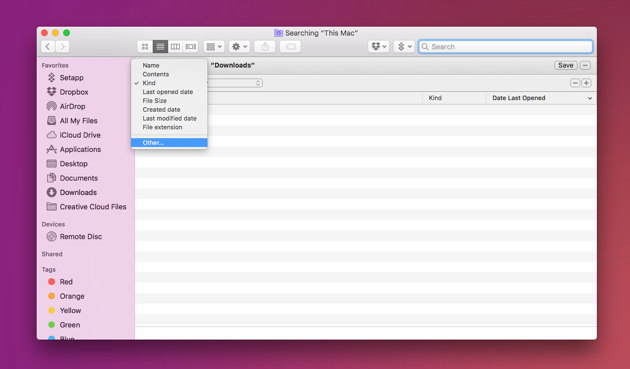
- Press Command + F key and tap on “This Mac”.
- On the top menu bar select the first icon and tap on “Other” from drop down list.
- Now in the file window select “File Extension” and “File Size” columns so that you can see a better picture regarding which doc files are eating maximum storage space on your Mac.
- Review all items clearly and delete the ones which you don’t wish to use in future.
 How to Remove a Windows Boot Camp Partition...Done with using Windows on your Mac and need to have some free space? Here is how you can quickly...
How to Remove a Windows Boot Camp Partition...Done with using Windows on your Mac and need to have some free space? Here is how you can quickly...Deleting System and Temp Files
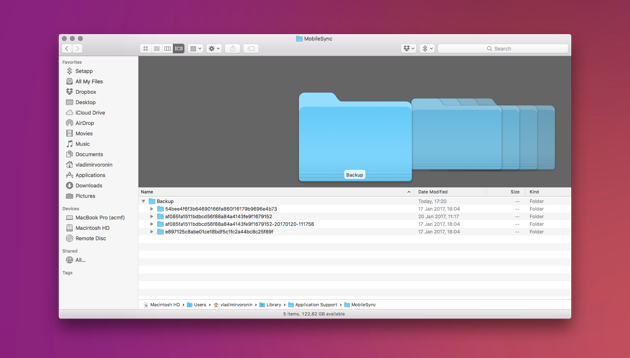
The second major category that falls under “Other” label is system and temp files. These are basically junk files that keep on lying on our system eating up a whole lot of device space. So, before it gets too late let’s see how we can delete system and temp files from our Mac to save ourselves some additional storage space.
To manually locate temporary app files on your Mac go to:
~/Users/User/Library/Application Support/
Here you can get an overview of what of temp files are stored on your Mac. You can sort them on basis of size and delete the files which are not of any importance.
Deleting Cache Files
Getting rid of cache files on any device is another major overhead which we regularly need to take care of. So, in order to reduce “Other” storage on Mac by deleting cache files on your Mac follow these quick steps:

Head on to Go to folder and type this: ~/Library/Caches
Now, just to be safe select all cache files and drag it on to your desktop so that you have a copy of all data in case anything goes wrong.
Once the cache backup is created, delete all cache files from the cache folder and drag them to trash.
Cleaning up cache data on Mac will really help you in saving a considerable amount of storage space.
Get Rid of App Plugins and Extensions
Although, plugins don’t take up a huge amount of storage space on your Mac but well, like they say every bit counts!
As most commonly used web browsers on Mac are Safari, Chrome and Firefox let’s see how we can get rid of app plugins and extensions to save some more space on “Other” storage label.
Safari:
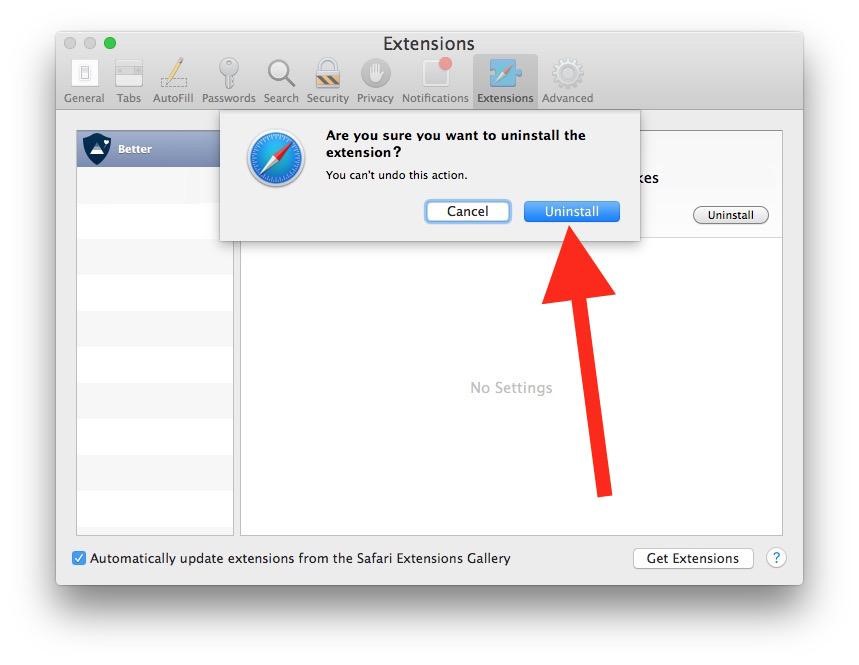
Launch Safari browser and tap on Preferences.
Select the Extensions tab.
Now, select the extension you want to modify and uncheck “Enable” to disable or click “Uninstall” to remove.
Chrome browser:
Open Chrome and tap the three-dot icon in the top-right corner.
Click More tools > Extensions.
Disable or remove as you choose.
Firefox:
Launch Mozilla Firefox browser and select burger menu at the top-right corner.
Tap on Add-ons.
Now on this Plugins tabs remove whatever you want.
Disk Images, Archives and Zip Files
Another important category of files eating up the “Other” storage of your Mac are disk images, archives and zip files.
To find and remove all such files on your Mac here’s what you need to do:
Open your Mac’s Finder and type DMG/ZIP in the search bar.
Select Search: This Mac.
Now once the list of files appears on the window, sort it on the basis of size and delete all those heavy zip and dmg files which you no longer wish to use in future.
Removing Miscellaneous File and Docs (Once which are not Covered in above categories)
Apart from the above mentioned five categories of “Other” storage there are still a few miscellaneous file types which we need to take care of. Last on our list of Mac other storage cleanup ways is removing miscellaneous files. These are basically those file types which Finder is unable to recognize like files used in user library for screen saver, wallpaper etc.
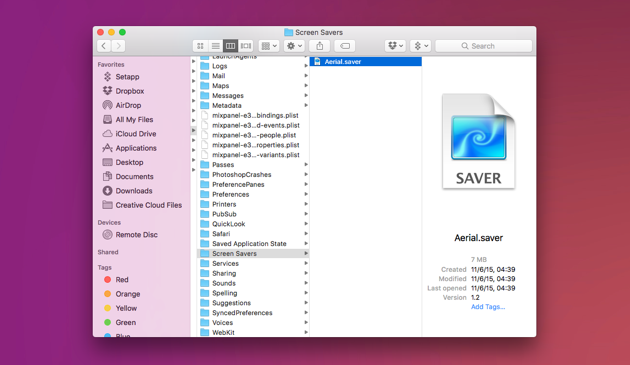
So, here’s what you need to do in order to delete the last smallest bit of “Other Storage”.
- Open Finder.
- At the Menu bar, select Go > Go to Folder.
- Type this in search bar: ~/Library/Screen Savers and click Go.
- Well, now you know the drill. Sort the files on the basis of size if required and send them to trash.
So folks here were the 6 useful tricks on how to delete other storage on Mac. Hope these quick tips will free up disk space on your MacBook!
 How To Enable/Disable Mac FirewallDo you fear of losing your credentials online? Read to know on how to enable or disable firewall on Mac...
How To Enable/Disable Mac FirewallDo you fear of losing your credentials online? Read to know on how to enable or disable firewall on Mac...How To Enhance Your Mac’s Performance
Automatic Way To Comprehensively Clean & Optimize Your MacBook (Recommended Method)
In case you’re looking forward to a hassle-free workaround that can help you to clean, optimize and enhance your Mac’s speed and performance you can consider using a powerful and effective tool like Cleanup My System. The application thoroughly cleans your Mac in a few clicks and saves you from all the additional overhead using its One-Click Care module. It is a simple and easy-to-use solution to enhance your Mac’s performance!
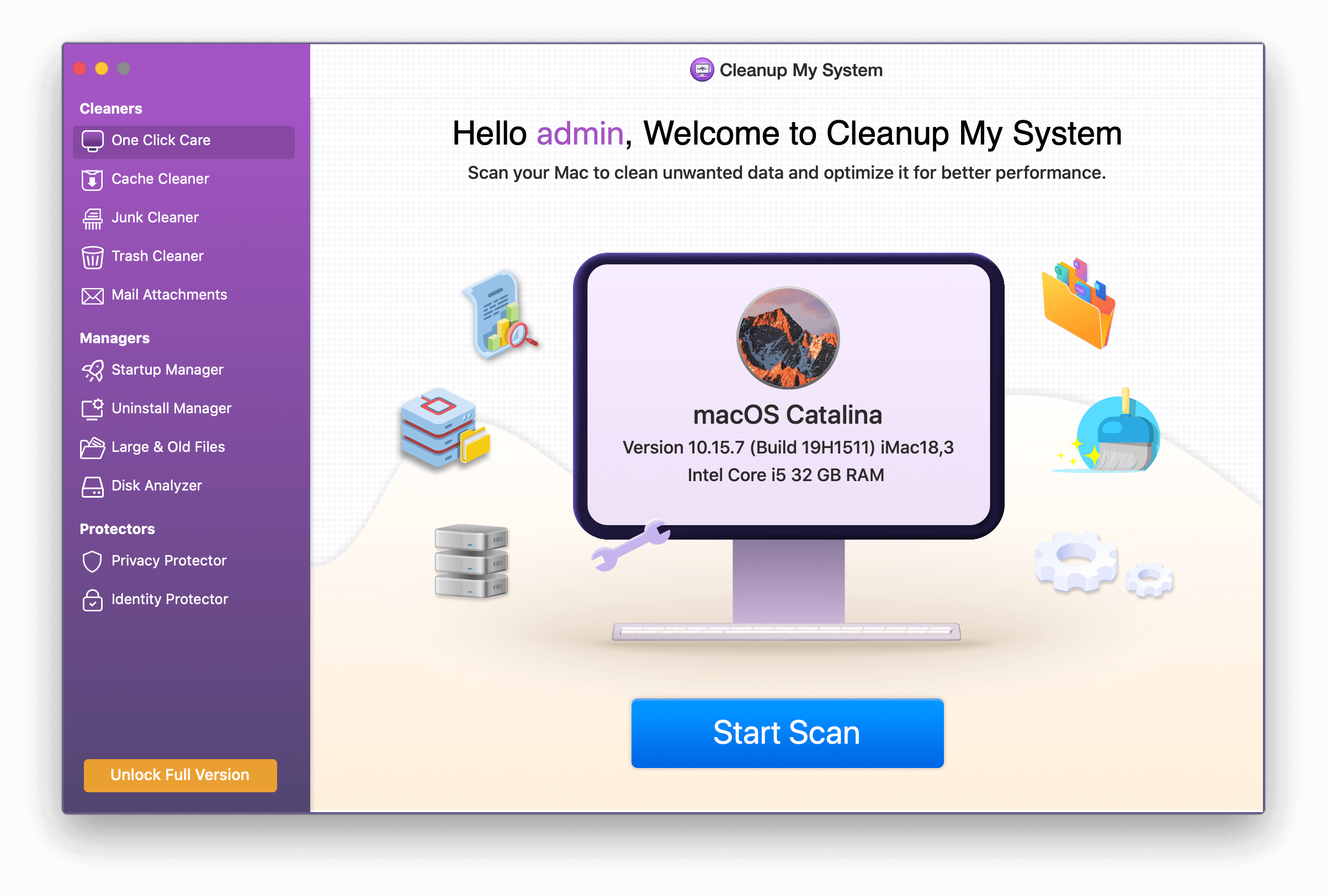
Here’s what you need to do to effortlessly clean your Mac from different kinds of digital debris that gets accumulated over time in the form of Cache, Junk files, Temp Files & other redundant data.
Navigate to the One-Click Care module > Initiate a quick scan and let the Cleanup My System show all the potential files that can be deleted to improve performance and speed.

Besides, the application provides tons of separate modules designed for speeding up your Mac and protecting it from malicious attacks.
There’s always an easy way to do things–they say! So, if you don’t want to follow the manual steps to optimize your Mac’s storage space, consider using this nifty tool, that can help you to get the job done in a few moments.
Give this tool a try and experience faster and smoother performance on your Mac like never before. Using Cleanup My System, you can certainly save a few chunks of extra storage space on your Mac.
Good luck!



 Subscribe Now & Never Miss The Latest Tech Updates!
Subscribe Now & Never Miss The Latest Tech Updates!